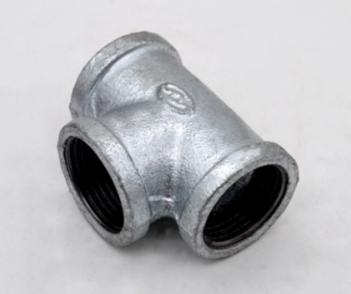Exploring the Maximum Temperature for Silicone Couplers
Discover the temperature limits and capabilities of the couplers, a widely used component in automotive and industrial applications. This article delves into the properties and performance of couplers, explaining the maximum temperature range they can withstand. From high-temperature environments to engine applications, understanding the limitations of silicone couplers is crucial for ensuring their optimal functionality and longevity.
Understanding Silicone Couplers and Their Applications
Silicone couplers have flexible connectors made from silicone material. Designing to join sections of piping or tubing. They find extensive use in various industries, including automotive, marine, and manufacturing. This type of coupler offers excellent resistance to heat, compression, and aging, making them ideal for applications where flexibility and durability are required.
Temperature Limits
Silicone couplers have a maximum temperature limit that determines their safe and effective operation. The precise maximum temperature can vary depending on the specific silicone formulation and the application requirements. In general, standard couplers can withstand temperatures ranging from -50°C to 200°C (-58°F to 392°F). However, specialized high-temperature couplers can handle even more extreme temperatures, reaching up to 315°C (599°F).
Factors Influencing Maximum Temperature
Several factors affect the maximum temperature capabilities of couplers. These include the silicone material formulation, reinforcement layers, and the design of the coupler itself. Reinforced silicone couplers, which feature additional layers of fabric or wire, provide enhanced strength and higher temperature resistance. It is crucial to consider the specific needs of the application and select couplers that meet the required temperature range for optimal performance and longevity.
![]()
Transition: Let’s explore some real-world examples to better understand the practical applications of couplers in various temperature environments.
Example 1: In high-performance automotive engines, silicone couplers are used to connect intercoolers, intake manifolds, and other components. These couplers withstand the elevated temperatures generated by the engine, ensuring reliable and efficient performance under demanding conditions.
Example 2: In industrial processes that involve hot fluids or gases, the couplers play a vital role in connecting piping systems. The couplers’ ability to withstand high temperatures allows for the safe and efficient transfer of materials, maintaining the integrity of the system and preventing leaks or failures.
![]()
Conclusion:
In conclusion, silicone couplers offer excellent temperature resistance and flexibility for a wide range of applications. Understanding the maximum temperature limits of silicone couplers is essential for selecting the appropriate couplers to ensure optimal performance and reliability. Whether in automotive engines, industrial processes, or other high-temperature environments, the couplers provide the necessary durability and functionality. By considering the specific temperature requirements and selecting silicone couplers that meet those demands, industries can achieve efficient operations and maintain the integrity of their systems.


